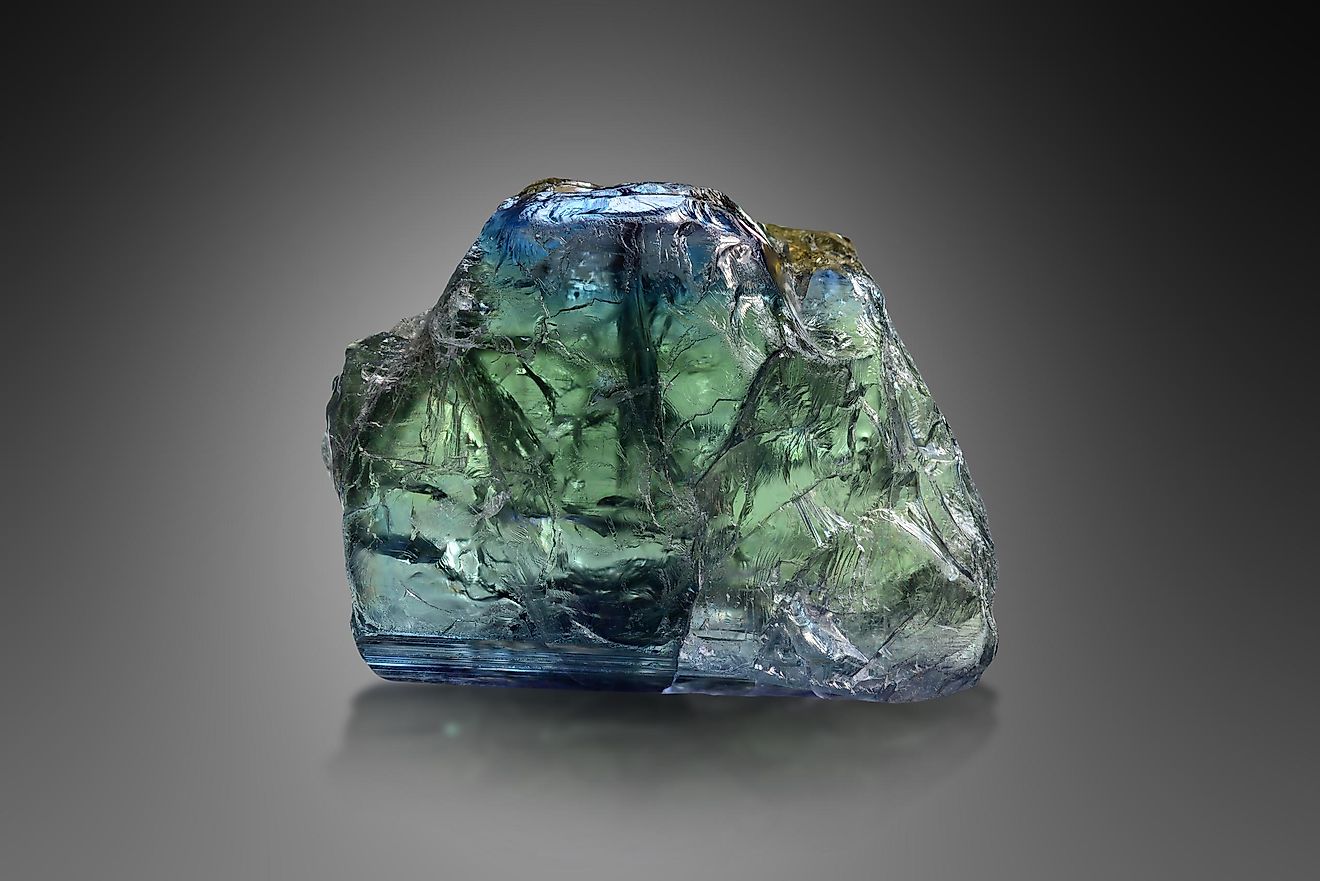December Birthstone: Tanzanite

Those with birthdays in December are lucky to have this stunning “generation” stone added to their list of birthstones. It is striking, rare, and also comes in popular Tiffany designs, too.
Qualities Of Tanzanite
Tiffany & Co is the company that named the gemstone and started marketing and selling it in 1968. One of the first campaigns raising awareness about this new gemstone used the slogan “in Tanzania and Tiffany’s.”
Tanzanite is a variety of Zoisite that has had a rapid and glorious rise among collectors and jewelers. The gem-grade zoisite comes in gray, green, brown, pink, or yellowish varieties, although those had not had much of an impact on the gemstones market. Tanzanite is a sheer brown-red zoisite variety that achieves a stable, beautiful blue to violet color. The heat is rarely coming from nature, so the majority of Tanzanites are heat-treated at the source. It is an accepted practice that does not make the stone “fake.”
Tanzanite’s most admired and the marketed property is the vivid color. As if the striking violet-blue is not enough on its own, Tanzanites also show both dramatic color change and pleochroism. Naturally trichroic, zoisites can show blue, red-violet, and yellow-green colors when viewed through each of its three crystal axes; the heating eliminates the yellow leaving sapphire blue and pink-violet. In fluorescent light, they may look more violet or amethyst-like.
Tanzanite is not very hard and is susceptible to abrasions and scratches. The stone is also not very durable, and even brittle in some cuts, so it is better to reserve tanzanite jewelry for the occasional wear and treat it gently.
Most Valuable Tanzanites
In general, tanzanites with the dominance of blues are more valued with the dominant violets. Medium-dark colors are preferred. As always, size and clarity have a strong effect on prices: large clean Tanzanites are extremely rare.
Cat’s eye effect tanzanites are highly prized and are the rarest of all. Unique and intricate cuts would add the rest of the difference in value. Sought by collectors, rare green zoisites are sometimes referred to as “green tanzanite,” but that designation is incorrect, and “green zoisite” is their proper name.
Famous Tanzanite
The only source of gem-quality natural tanzanite is the Merelani Hills in the Lelatema Mountains, Tanzania. The mines here produce fine crystals, sometimes of large enough sizes. Tanzanite, alone of all zoisite varieties, reaches large sizes in faceted gems. Rough tanzanite crystals weighing hundreds of carats, as well as rarer colors or optical effects, are present in various collections. A very large, naturally blue tanzanite of 220 carats is known to be in a private collection. The Smithsonian Institution has 122.7-carat blue tanzanite and an incredibly rare 18.2 blue cat’s eye tanzanite. All those stones come from Tanzania.
You have to assume that all blue to violet tanzanites have received heat treatment. This is a stable treatment, recognized by the jewelers and traders. To date, synthetic tanzanite is unknown. However, many stimulants (imitations) exist.











